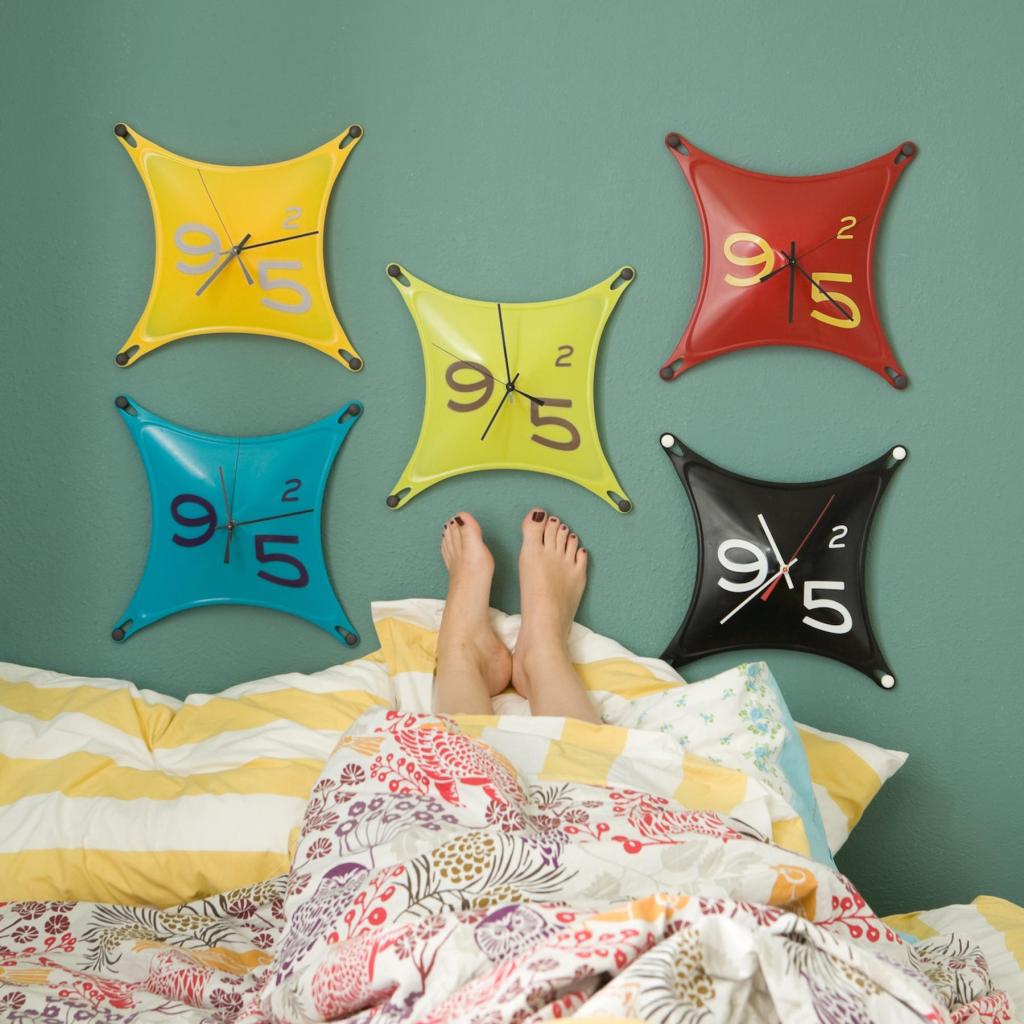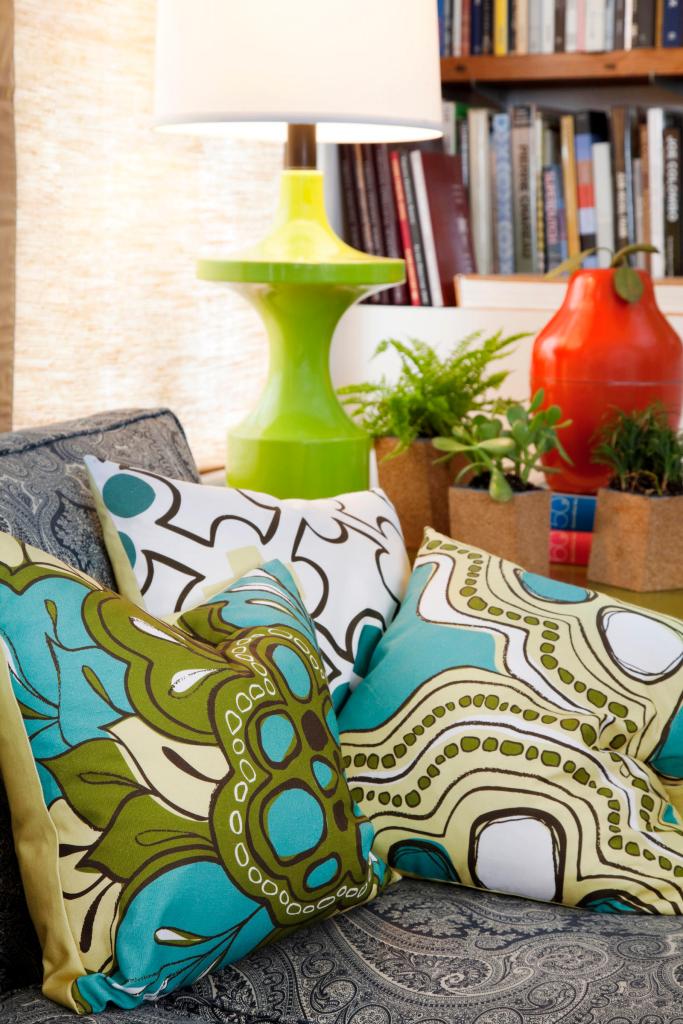Next time you buy a pillow for your living room, it just might be one designed by Sarah Montes.
She’s a recent graduate of Savannah College of Art and Design, or SCAD, one of the nation’s premier design schools. Through a student/alumni collaboration called Working Class Studio, her Mediterranean-motif pillows — and an array of other home decor products created by other students, alumni and faculty — are sold on the Web and at retailers across the country.
“I became an artist to create, but choosing art as a career means achieving a balance between my artistic vision and what’s right for the market,” says Montes.
It’s an exciting yet nerve-racking time for budding designers. There continues to be great demand for interesting new home products, even in a down economy. And students graduating with the ability to balance creative innovation and savvy marketing may be the resilient face of a new design generation.
Schools today can take emerging talent through simple drawing exercises to full 3D computer renderings and final prototypes.
Victor Ermoli, SCAD’s School of Design dean, says that with the success of the retailer IKEA, “many companies are realizing that designs actually sell. So students know their designs are playing an important market role, and they’ve been shifting toward more commercial design.”
They learn how to listen to company briefings. They observe and analyze lifestyle trends. Ermoli says today’s furniture design student studies fashion, art and industrial design. SCAD has a 44,000-square-foot facility with woodworking and metal fabrication studios, bench rooms, a plastics working laboratory, a welding facility, a painting booth and an advanced technology lab.
Cassie Hart Kelly is another SCAD alumnus lucky enough to get her vision to the marketplace. Her pillows feature bold images like owls and flowers in fresh contemporary hues. Her advice to design students: “A lot more schools have really good design programs, so there’s intense competition. Make yourself stand out. Take content that’s popular but design it in a new way. You’ll be showing employers that you know what will sell but that you have fresh perspective.”
At Parsons the New School for Design, in New York City, students learn to consider culture and consumption when they design, to thoughtfully and creatively repurpose salvaged materials, to design public furniture and to create mass-market products that are “useful, safe and fun,” says interim director Robert Kirkbride.
“A number of our students’ most challenging projects embody hybrids of for-profit and not-for-profit ideas,” he says.
Mutual support has come from community organizations such as Build It Green NYC, Buffalo ReUSE and Materials for the Arts.
At Rhode Island School of Design, Assistant Professor Peter Walker says the goal is to leave students with “a strong sense of how they can begin to mesh their own lives and design philosophies into a professional and meaningful existence.” RISD students have exhibited in Milan, and worked with Swarovski on ways to use crystals in home furnishings.
At the Fashion Institute of Technology, in Manhattan, students in home products and textile design get to intern at places such as Waverly Fabrics, Calvin Klein Home, KitchenAid and Nautica. There are field trips to the major trade shows, and grads can end up anywhere from Mikasa to Martha Stewart.
The International Contemporary Furniture Fair, or ICCF, annually holds a juried review competition for the design schools. In the past, RISD and SCAD have been joined by San Diego State, Maryland College of Art and Design, and Cranbrook Academy of Art, among others. There’s also an opportunity for up-and-coming designers and their prototype products to find potential manufacturers in the ICFF Studio.
As Fashion Institute of Technology instructor David Brogna says, “I try to give them every skill set, complete industry knowledge, and the ability to think critically so they can walk out of the classroom and into the field.”
It’s a field that each year has a new crop of bright young minds eager to show off — and sell — a whole home’s worth of new ideas.
Send questions/comments to the editors.





Success. Please wait for the page to reload. If the page does not reload within 5 seconds, please refresh the page.
Enter your email and password to access comments.
Hi, to comment on stories you must . This profile is in addition to your subscription and website login.
Already have a commenting profile? .
Invalid username/password.
Please check your email to confirm and complete your registration.
Only subscribers are eligible to post comments. Please subscribe or login first for digital access. Here’s why.
Use the form below to reset your password. When you've submitted your account email, we will send an email with a reset code.